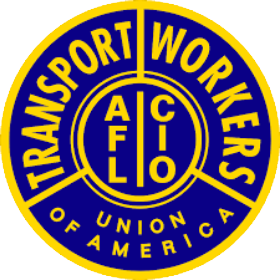December 16, 2014
By Marc Bussanich
New York, NY—Many different groups, talking heads and editorial boards are voicing their opinions about how New York should spend the $5 billion it derived from settlements with big financial institutions stemming from their role in the financial crash of 2008. The state comptroller believes the money would be well spent on the state’s aging infrastructure.
In the accompanying video interview, we asked Comptroller Thomas DiNapoli, who spoke at an event last week hosted by the Business and Labor Coalition of New York, why he thinks the money, or at least a good chunk of it, should fund infrastructure projects statewide.
“We have huge infrastructure needs in New York State. We’re an older state with an aging infrastructure, and we don’t have the money to do everything we want to do. Now we have an unexpected $5 billion windfall [to do it],” said DiNapoli.
He doesn’t believe the state should put the $5 billion towards the state’s operating expenses because that will only delay and prove more costly to rebuild the state’s aging infrastructure.
“I think it would be a mistake to put it in effect in operating funds because this money probably won’t be back on an annual basis. So infrastructure is a big unmet need, which is very much tied to the health of our economy. It would be a great way in the short term to put people back to work and make our economic recovery even stronger,” DiNapoli said.
While different groups, such as Rebuild New York, want the state to use that money to fund highway and road repair projects, we asked the Comptroller should the money be spent on rail projects, such as a new rail tunnel to replace 100-year old rail tunnels connecting New York City to New Jersey.
“I guess potentially it could, but we’ve got projects that are much further along, the most obvious one is the Tappan Zee Bridge. And the financing for that hasn’t been fully disclosed by the Thruway Authority. And we know that there are some big gaps in the funding plan and we don’t want to see the tolls rise to an exorbitant level. I would think that some of the projects that are further along would be a more logical place to put that money, assuming we are going to dedicate most of it to infrastructure,” DiNapoli said.
@marcbuss marc@laborpress.org



